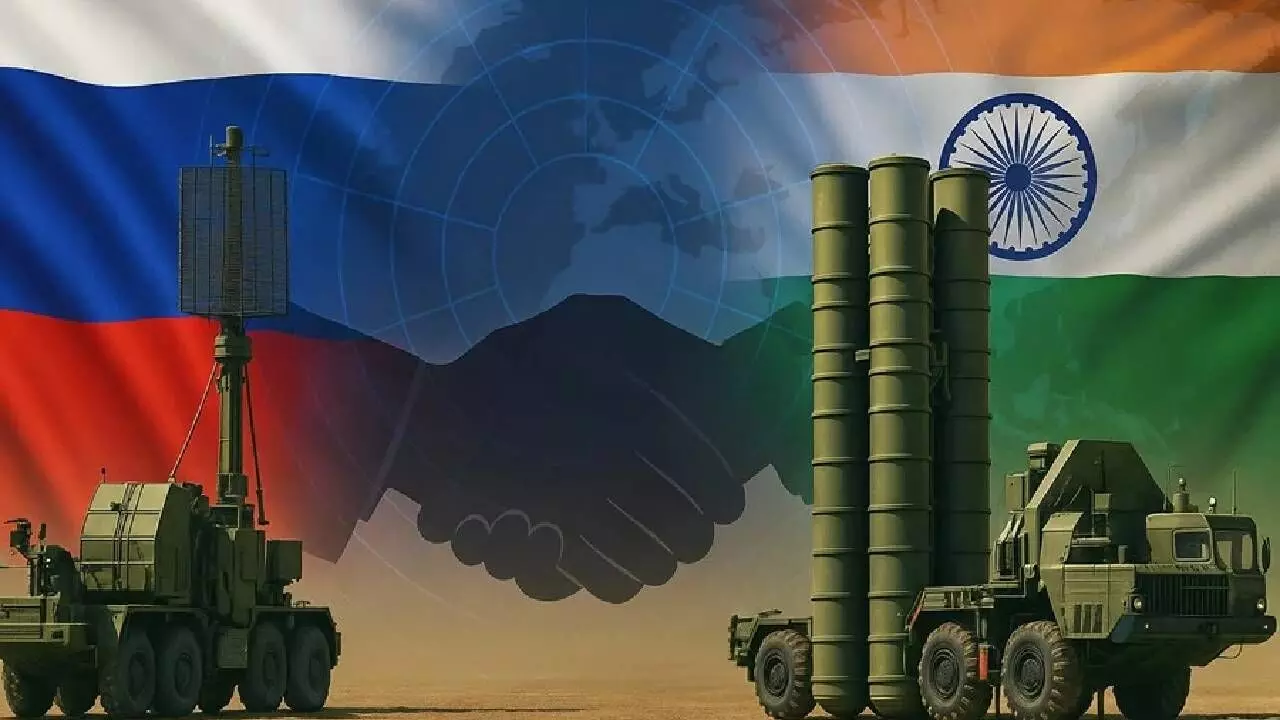S-500 vs S-400: Will India Procure Russia’s Next-Gen Air Defence System?
After the S-400's successful deployment, India may eye the advanced S-500 air defence system. Here's how the S-400 and S-500 compare in range, targets, and capabilities.
S-500 vs S-400: Will India Procure Russia’s Next-Gen Air Defence System?

Following the successful deployment of the Russian-made S-400 air defence system, India may be preparing to take a step further. Reports suggest that Russia has offered India a proposal for the joint production of its next-generation S-500 missile system—a powerful upgrade designed to defend against modern aerial threats, including hypersonic missiles and satellites.
Backdrop: From S-400 Triumph to Future-Ready S-500
India’s robust air defence capability was on full display during Operation Sindoor, in which it repelled multiple missile and drone attacks launched by Pakistan in response to Indian airstrikes on terror camps. The S-400, inducted into the Indian Air Force from 2021, played a crucial role in neutralizing these threats. With this system already proving effective, defence analysts are now closely watching India’s possible procurement of the S-500.
The S-500 Prometey (also known as 55R6M "Triumfator-M") is touted as a game-changer in strategic air defence and could significantly boost India’s ability to counter emerging high-speed, high-altitude threats.
S-400 vs. S-500: Key Differences
Why the S-500 Matters
The S-500 is designed not just as an evolution of the S-400, but as an entirely new layer of defence against next-gen threats. Its key features include:
The ability to intercept hypersonic missiles traveling above Mach 5.
Capability to target low-orbit satellites and high-altitude ballistic missiles.
A broader engagement envelope, making it suitable for the defence of strategic national assets, such as nuclear command centers, space installations, and critical urban infrastructure.
Russia envisions the S-500 as a core part of its future anti-access/area-denial (A2/AD) strategy—and its offer to co-produce the system with India could mark a new chapter in Indo-Russian defence ties.
India's Strategic Call: To Procure or Not to Procure?
Given the S-400’s battlefield performance and geopolitical challenges in the Indo-Pacific, acquiring the S-500 could future-proof India’s air defence grid. However, the move would depend on:
The final operational readiness of the S-500.
Cost feasibility.
Integration challenges with existing Indian defence platforms.
Strategic alignment with Russia amidst changing global defence dynamics.
If India does move forward with the S-500 deal, it would position the country among the very few global powers with access to cutting-edge missile shield technology capable of addressing threats from air, space, and beyond.

